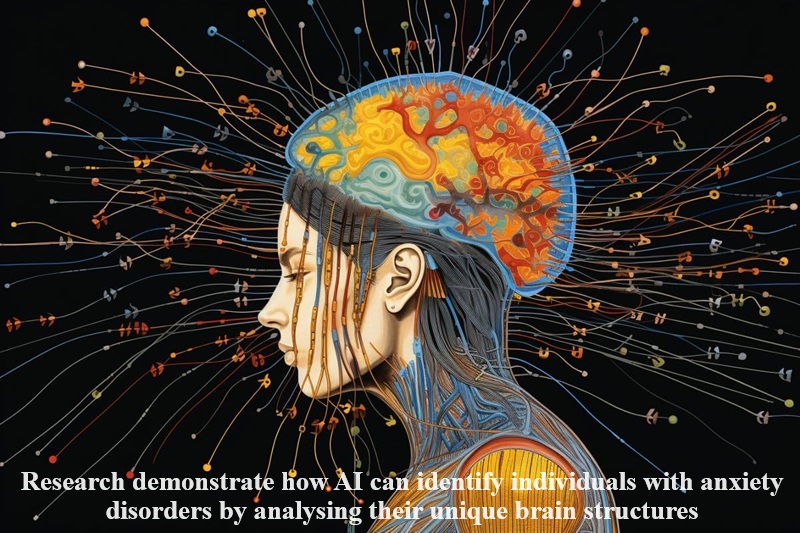
In a recent study published in the journal Nature Mental Health, researchers have showcased the potential of artificial intelligence (AI) in discerning individuals suffering from anxiety disorders by scrutinizing their distinct brain structures.
Employing machine learning (ML) techniques, the study scrutinized cortical thickness, surface area, and the volumes of deep-seated brain regions within a cohort encompassing roughly 3,500 youths aged 10 to 25 hailing from diverse global locales.
Machine learning, a branch of AI, enables computers to learn and improve autonomously from data without explicit programming.
In this investigation, ML algorithms were harnessed to sift through extensive brain imaging data, unveiling subtle patterns linked to anxiety disorders.
Precisely, the algorithms honed in on crucial neuroanatomical characteristics that differentiate individuals grappling with anxiety disorders from their unaffected counterparts.
Although the preliminary findings are promising, the researchers underscore the necessity for further refinement of ML algorithms.
They advocate incorporating additional forms of brain data, such as functional connectivity and neural activity patterns, to bolster the accuracy and dependability of AI-powered diagnostic tools. Through meticulous adjustment of these algorithms, clinicians can attain more accurate and personalized evaluations of anxiety disorders.
One noteworthy discovery of the study is the broad applicability of its outcomes across a diverse spectrum of youthful populations.
Despite disparities in ethnicity, geographical distribution, and clinical attributes, the AI models exhibited consistent efficacy in identifying individuals afflicted with anxiety disorders. This implies that the underlying neurobiological indicators of anxiety disorders may transcend demographic disparities.

Post Your Comments